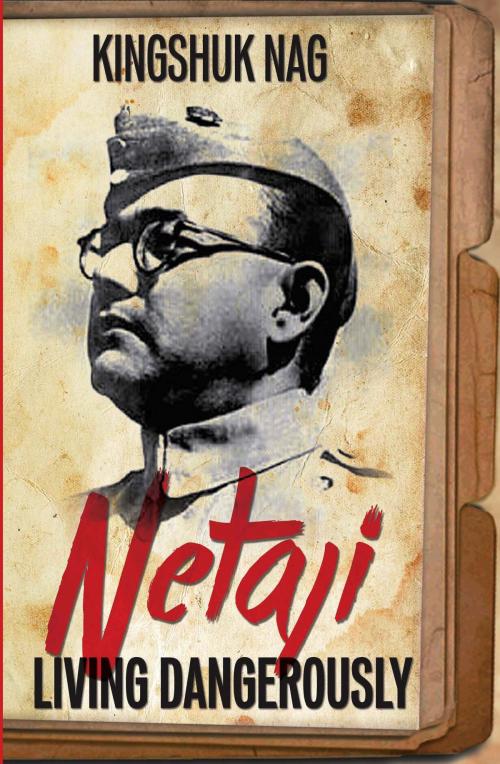Netaji: Living Dangerously
Nonfiction, History, Asian, India, Military, World War II, Biography & Memoir, Political| Author: | Kingshuk Nag | ISBN: | 9789384439705 |
| Publisher: | AuthorsUpFront | Paranjoy | Publication: | November 18, 2015 |
| Imprint: | Language: | English |
| Author: | Kingshuk Nag |
| ISBN: | 9789384439705 |
| Publisher: | AuthorsUpFront | Paranjoy |
| Publication: | November 18, 2015 |
| Imprint: | |
| Language: | English |
Did Netaji Subhas Chandra Bose die in an air crash in Taihoku (Taipei, Taiwan) on 18 August 1945? Was he sent off to Siberia by Joseph Stalin? Did he die there? Or did he escape? Or was he let off, eventually to make his way back to India? Was he the mysterious Gumnami Baba of Faizabad, Uttar Pradesh? If so, how did he find his way back? Why did Bose leave India when he did? Was it on account of his political approach, which was opposed by the then high command of the Congress party that wanted a quick transfer of power from the British?The past comes alive as journalist and author Kingshuk Nag seeks answers to these and related questions at a time when there is a considerable renewal of interest in Netaji’s fate with old records tumbling out, the latest being the declassification of 64 files on the subject by the West Bengal government. Will the Union government make public the records that it holds, as has been stated by Prime Minister Narendra Modi? Will the governments in Moscow and London be approached for new leads? Netaji: Living Dangerously is a riveting account of the life of one of India’s most charismatic leaders and an in-depth analysis of one of the world’s best kept secrets.
Did Netaji Subhas Chandra Bose die in an air crash in Taihoku (Taipei, Taiwan) on 18 August 1945? Was he sent off to Siberia by Joseph Stalin? Did he die there? Or did he escape? Or was he let off, eventually to make his way back to India? Was he the mysterious Gumnami Baba of Faizabad, Uttar Pradesh? If so, how did he find his way back? Why did Bose leave India when he did? Was it on account of his political approach, which was opposed by the then high command of the Congress party that wanted a quick transfer of power from the British?The past comes alive as journalist and author Kingshuk Nag seeks answers to these and related questions at a time when there is a considerable renewal of interest in Netaji’s fate with old records tumbling out, the latest being the declassification of 64 files on the subject by the West Bengal government. Will the Union government make public the records that it holds, as has been stated by Prime Minister Narendra Modi? Will the governments in Moscow and London be approached for new leads? Netaji: Living Dangerously is a riveting account of the life of one of India’s most charismatic leaders and an in-depth analysis of one of the world’s best kept secrets.















